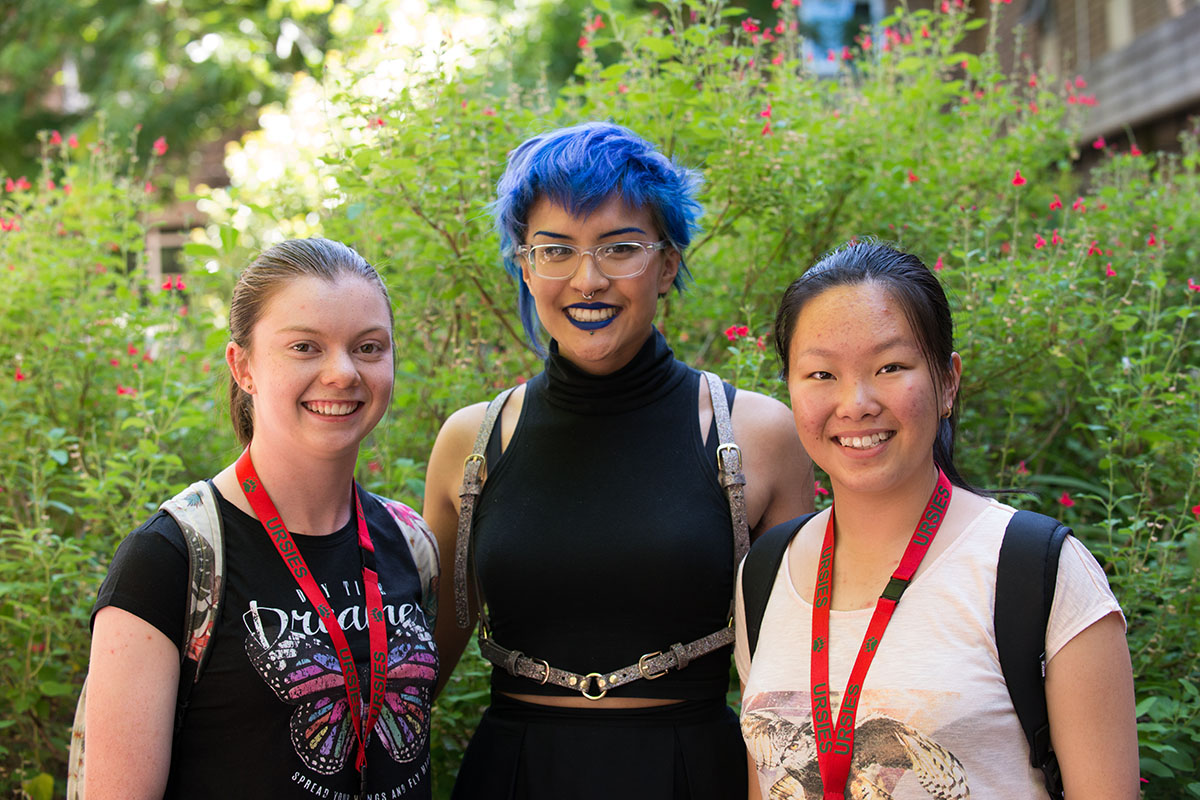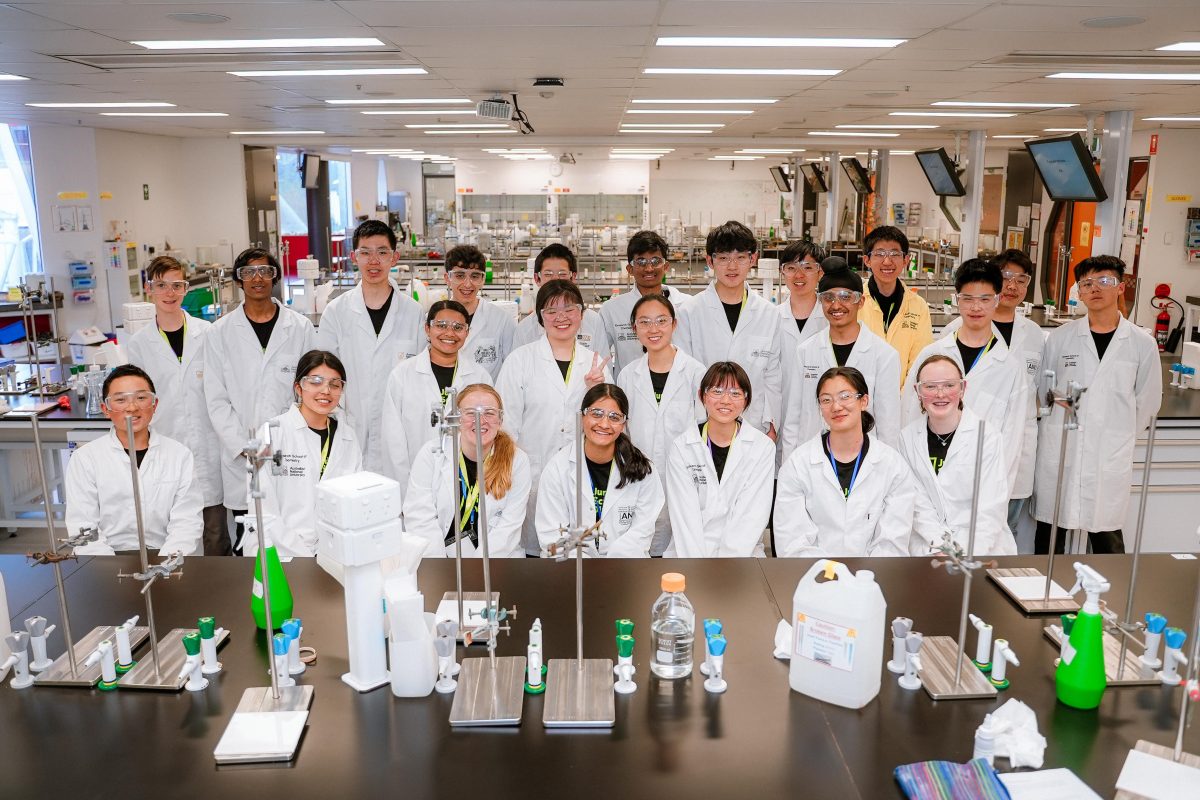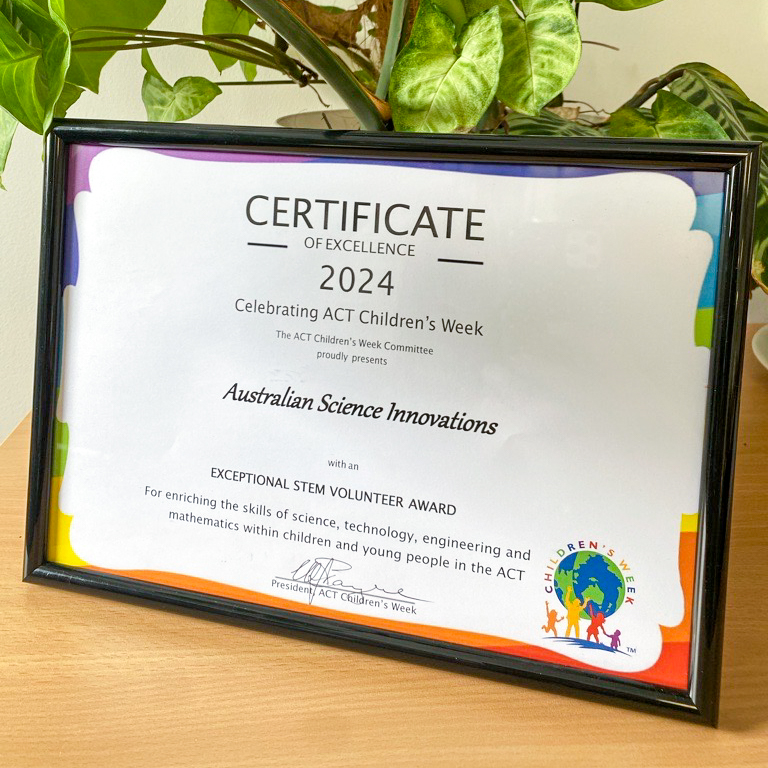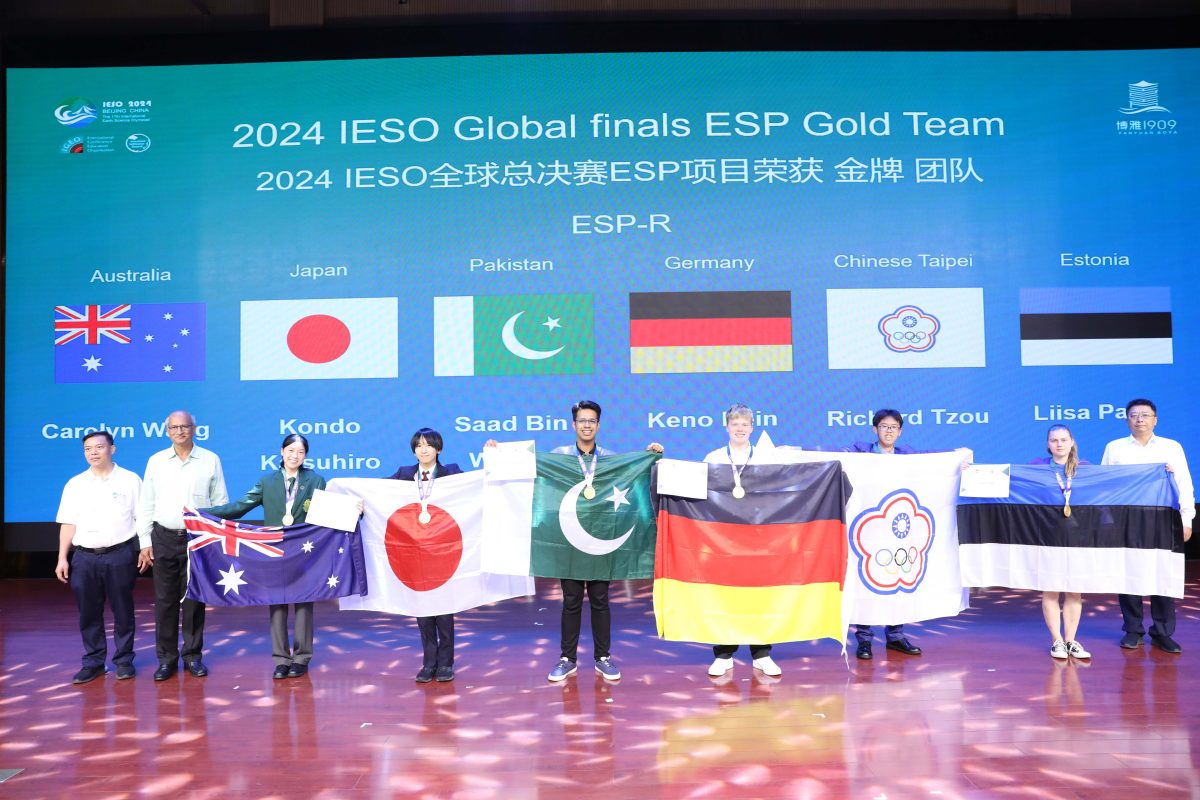200+ women scientists and schoolgirls closing gender gap in STEM
National STEM camps for girls double their reach across Australia. Women in STEM mentor 128 schoolgirls in science and technology.
One hundred and twenty-eight schoolgirls from across Australia, including 90 from regional towns in every state and territory, are completing six months of extension learning and mentoring this week in national camps that have immersed underrepresented girls in science, technology, engineering and maths (STEM).
The high-potential year 9 and 10 students have explored all aspects of STEM through lectures, experiments, workshops, coaching and networking, all delivered for the first time online to combat the impact of COVID-19.
Jointly delivered by The Australian Maths Trust and Australian Science Innovations, Curious Minds participants are selected based on their performance in three high school-based science, informatics and mathematics competitions.
Each student is teamed up with a female STEM role model working in traditionally male-dominated careers. The mentors include four current Superstars of STEM and a diverse mix of engineers, physicists, mathematicians, research and medical scientists, medical practitioners, chemists, geologists and environmental scientists.
“Rural and regional Australia, in particular, needs to build up a diverse and talented STEM workforce to support the complex health and social challenges we face. My involvement in Curious Minds has reinforced how rewarding it is to help switch girls on to the rich and diverse study and career opportunities available in STEM,” said mentor Dr Teresa Wozniak, a senior research fellow at the Menzies School of Health Research and a Science and Technology Australia Superstar of STEM.
Although women make up almost half of Australia’s workforce, women account for only 29 percent of the university-qualified STEM workforce and just eight per cent of the VET-qualified STEM workforce.1
“We know girls love science, but society norms seem to limit their ongoing engagement. Programs such as Curious Minds are important in helping to address this through mentoring, role modelling and building networks. This in turn will support the girls as they progress to further study,” said Dr Cathy Foley, Australia’s Chief Scientist and Patron of Curious Minds.
Students have participated in intensive modules of learning across physics, digital technology, chemistry, biology, mathematics, engineering and Earth and environmental science. They have worked with their mentors on projects over a six-month period.
Some of the students’ projects this year have included learning about and applying computer programming, investigating mathematical theories, researching public health issues, analysing Anglo-Australian Telescope data to calculate the mass of dark matter in a galaxy, and learning about data science and its industrial applications.
“This program engages girls in all aspects of STEM, exposes them to outstanding role models, and brings girls together in an extension learning environment where they get to know other young women like themselves who are passionate about STEM,” said program director Dr Kelsie Dadd.
The Curious Minds program has received $2.35 million in funding from the Australian Government for 2020–2024, which has allowed the program to enrol more schoolgirls in an expanded Curious Minds East Coast and Curious Minds West Coast format.
The program will help counter declining year 12 enrolments in traditional sciences and advanced mathematics by increasing girls’ opportunities to excel in STEM subjects.
Curious Minds is funded by the Department of Education, Skills and Employment and is supported by the ANU and 3M.
Women is STEM facts
- The number of women who make up the university-qualified STEM workforce has increased by only two percent between 2006 and 2016 (from 27% to 29%), while the number of women who make up the VET-qualified STEM workforce has remained the same (at only 8%).1
- Women continue to be underrepresented in STEM university enrolments, with only 17% enrolled in engineering, 19% in computing, 25% in physics and astronomy, 32% in mathematical sciences, 39% in Earth sciences and 42% in chemical sciences.2
- Women STEM professionals are underrepresented in Australia’s mainstream media: women are quoted as sources in only 26% of science and tech-related news stories.3
- Girls can be deterred from STEM careers because of: a lack of female role models to exemplify the suitability of STEM for girls; a mismatch between perceived abilities and confidence that results in reduced female representation in STEM; and pervasive cultural beliefs that STEM is a male domain.4
- Australian male students outperform female students in maths by about one-fifth of a school year. In science, there is no difference between the performance of female and male students, however the proportion of high-performing female students is lower.5
- STEM skilled jobs are growing at 1.5 times faster than any other job sector (Australian Bureau of Statistics).
1. “Australia’s STEM Workforce: Science, Technology, Engineering and Mathematics”, Office of the Chief Scientist, July 2020.
2. “Women in STEM Decadal Plan”, Australian Academy of Science, 2019
3. “Women in STEM Decadal Plan”, Australian Academy of Science, 2019
4. “Busting Myths about Women in STEM”, Prinsley, Beavis and Clifford-Hordacre, Office of the Chief Scientist Occasional Paper Series, Issue 13, November 2016.
5. “PISA 2018: PISA in Brief 1 Student Performance”, Thomson, De Bortoli, Underwood and Schmid, Australian Council for Educational Research, 2019.



